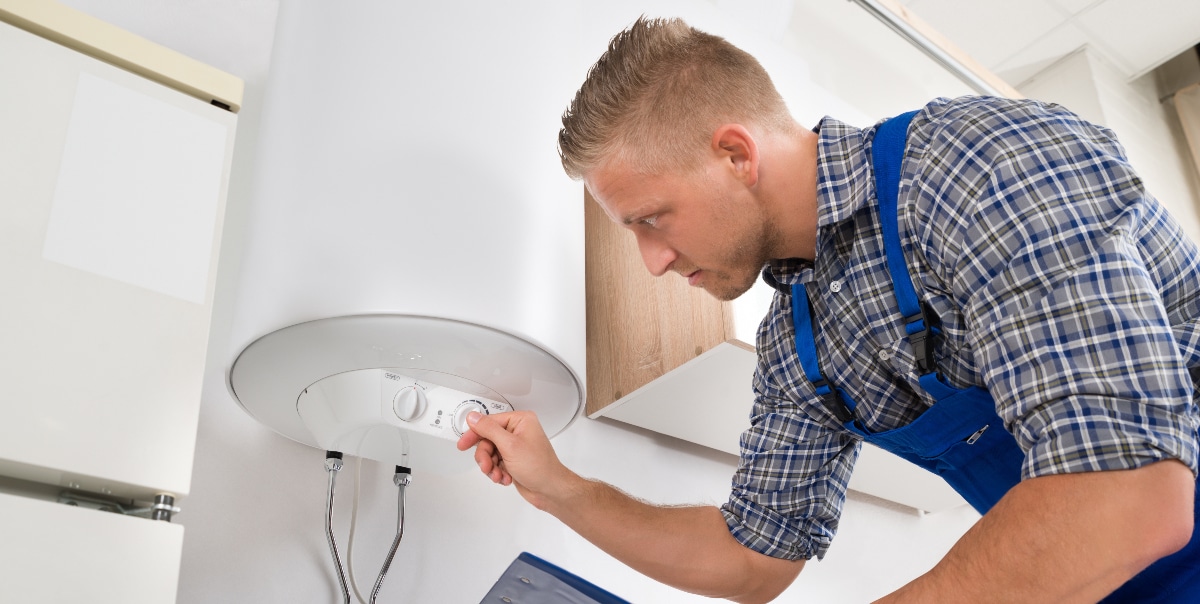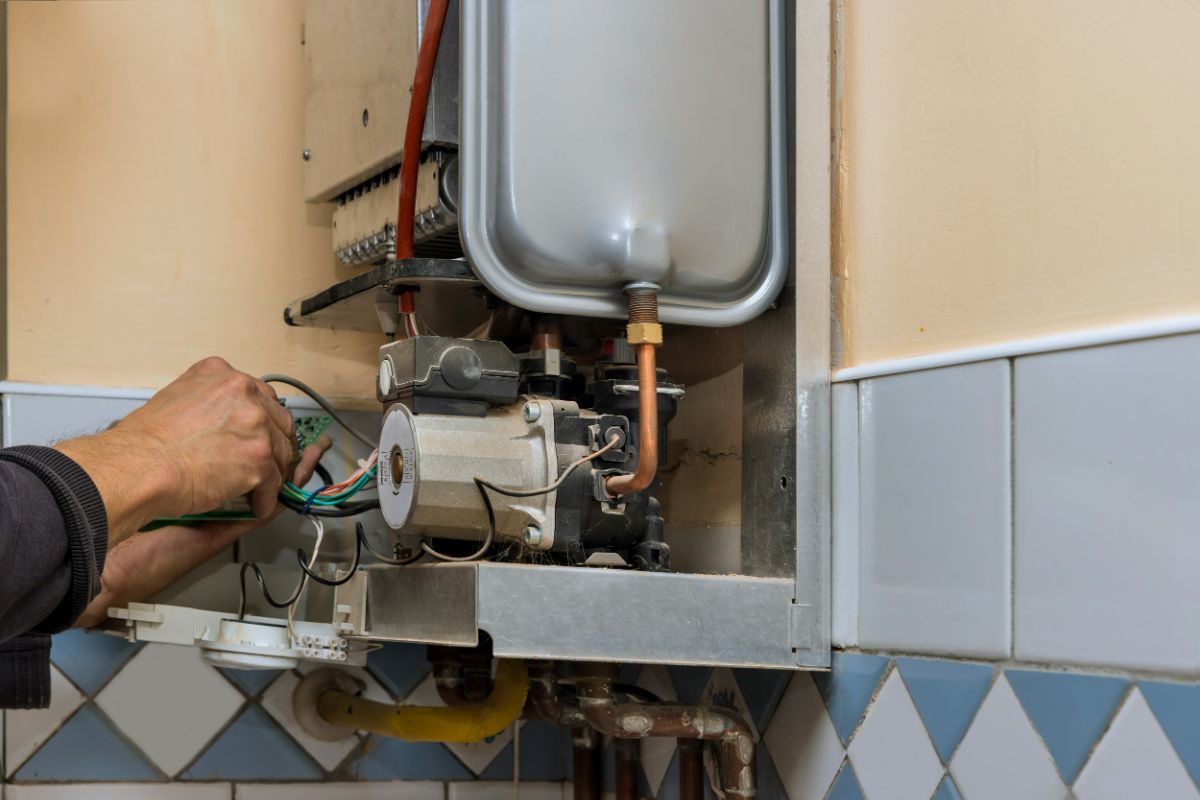We have stumbled upon this article pertaining to How to Maintain Your Water Heater & Prolong its Life listed below on the web and think it made good sense to quickly share it with you here.

Hot water is important for daily comfort, whether it's for a revitalizing shower or cleaning meals. To ensure your hot water system runs successfully and lasts longer, routine maintenance is vital. This article provides useful suggestions and insights on how to maintain your home's hot water system to prevent disturbances and pricey repair services.
Introduction
Maintaining your home's warm water system may seem challenging, but with a couple of straightforward steps, you can guarantee it runs smoothly for years ahead. This overview covers whatever from understanding your warm water system to do it yourself maintenance tips and recognizing when to contact professional aid.
Value of Preserving Your Hot Water System
Normal maintenance not only expands the life expectancy of your warm water system however also guarantees it operates efficiently. Overlooking maintenance can cause reduced efficiency, greater energy costs, and even early failure of the system.
Signs Your Warm Water System Requirements Maintenance
Knowing when your warm water system requires interest can protect against major concerns. Watch out for indicators such as inconsistent water temperature level, odd sounds from the heating unit, or corroded water.
Understanding Your Warm Water System
Prior to diving into upkeep jobs, it's useful to understand the standard elements of your hot water system. Commonly, this includes the water heater itself, pipelines, anode rods, and temperature level controls.
Month-to-month Maintenance Tasks
Normal regular monthly checks can help capture minor concerns prior to they escalate.
Purging the Water Heater
Purging your water heater removes debris buildup, boosting effectiveness and prolonging its life.
Monitoring and Replacing Anode Rods
Anode poles prevent rust inside the container. Inspecting and replacing them when worn is crucial.
Examining and Readjusting Temperature Level Settings
Changing the temperature setups ensures ideal efficiency and safety and security.
DIY Tips for Maintenance
You can execute several maintenance jobs on your own to keep your hot water system in top problem.
Looking for Leaks
Frequently check pipelines and links for leaks, as these can result in water damages and higher expenses.
Examining Pressure Relief Valves
Examining the stress relief valve guarantees it operates correctly and stops excessive pressure build-up.
Shielding Pipes
Protecting warm water pipes decreases warmth loss and can conserve energy.
When to Call an Expert
While do it yourself maintenance is useful, some issues require expert know-how.
Complicated Problems Needing Specialist Aid
Instances consist of significant leakages, electric troubles, or if your hot water heater is consistently underperforming.
Routine Professional Maintenance Benefits
Professional maintenance can include comprehensive evaluations, tune-ups, and guaranteeing conformity with safety and security requirements.
Final thought
Routine upkeep of your home's warm water system is essential for effectiveness, durability, and expense financial savings. By adhering to these pointers and knowing when to seek professional help, you can guarantee a reputable supply of warm water without unanticipated disturbances.
How to Maintain an Instant Hot Water Heater
Before tinkering with your hot water heater, make sure that it’s not powered on. You also have to turn off the main circuit breaker and shut off the main gas line to prevent accidents. Also turn off the water valves connected to your unit to prevent water from flowing into and out of the appliance. 2. When you’re done, you have to detach the purge valves’ caps. These look like the letter “T†and are situated on either side of the water valves. Doing so will release any pressure that has accumulated inside the valves while at the same time avoid hot water from shooting out and burning your skin. 3. When the purge valves’ caps are removed, you have to connect your hosing lines to the valves. Your unit should have come with three hoses but if it didn’t, you can purchase these things from any hardware or home repair shops. You can also get them from retail stores that sell water heating systems. Read the user’s manual and follow it to complete this task properly. When the hosing lines are connected, open the purge port’s valves. 4. You should never use harsh chemical cleaners or solutions when cleaning your unit. Make use of white vinegar instead. It should be undiluted and you’ll probably use about 2 gallons. 5. Now flush your water heater. This task should probably take about 40 minutes. We can’t give you specific directions for this because the procedure is carried out depending on the type, model and brand of your heater. With that being said, refer to the user’s manual. 6. When you’re done draining the unit, you have to turn off the purge port valves again. Remove the hosing lines that you earlier installed on each of the water valves. Put the valve caps (purge port) back in their respective places and be very careful so as not to damage the rubber discs that are found inside these caps. 7. Now that everything’s back in place, check your user’s manual again to find out how to reactivate your water heating system. 8. Once it is working, turn one of your hot water faucets on just to let air pass through the heater’s water supply pipes. Leave the tap on until water flows smoothly out of it. https://www.orrplumbing.com/blog/2014/september/how-to-maintain-an-instant-hot-water-heater/

As an avid reader on What Kind of Maintenance Do Water Heaters Need?, I was thinking sharing that piece of content was worthwhile. In case you liked our blog posting kindly remember to pass it around. I am grateful for being here. Return soon.
Services